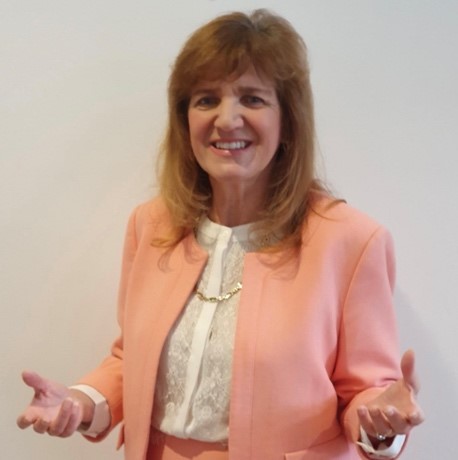The critical role of projects in business resilience

We have worked in project management for more than 30 years each, in the public and private sectors, education and as consultants. We know that project success is inextricably linked to improving business resilience.
Organisations today face a constantly changing and uncertain environment, making it essential to be resilient in order to survive and thrive. Projects are recognised as vehicles to deliver change, reduce risks and improve overall performance. However, some project approaches can be limiting, if focused solely on cost, schedule and requirements. Changes can be delivered that do not add to progress or resilience.
In this blog, we discuss the role of projects in building business resilience and how business resilience can add value to project delivery.
Business Resilience Framework
Business resilience can be defined simply as sustained progress delivered at pace. The pace is the right pace for the organisation and initiative, and the progress is defined for the situation at the time – for example, a deep recession may mean the definition of progress is that the status quo is maintained.
The Business Resilience Framework (BRF, shown in Figure 1) provides a focus on both progress and business resilience, which strengthens a project’s ability to improve resilience. It is through projects that measurable improvements are made to products, services, processes and practices, and by including resilience when prioritising these, a continual improvement to business resilience will be made.

Figure one, The Business Resilience Framework (adapted)
In the BRF, there are 22 elements allocated to the five domains: Principles, Roles, RESILIENCE Foundations, PACE Culture and PROGRESS Cycle. Essentially the Foundations are needed to deliver the business effectively, efficiently and economically; the PROGRESS Cycle delivers the initiatives (via projects) to build resilience; and the PACE Culture ensures that the people have the motivation, energy and ability to deliver. The framework is complementary and utilises existing good practices, including the project management methods and approaches already in place for the organisation.
Adding resilience to projects
Using the BRF, projects deliver initiatives that create progress and build resilience. In the words of Stephen R Covey: “Begin with the end in mind.” To achieve this, some simple steps can be taken immediately to incorporate business resilience into your project management. When putting the requirements together for prioritisation, it’s useful to add a reflection of the contribution to progress and resilience that would be made.
Business resilience should be built into the business case by considering how the proposed project will aid the organisation in achieving progress towards the vision and build resilience. Reviewing the business case and requirements at each stage review will mean that a focus on progress and resilience is always maintained.
Progress and business resilience are further enabled by adding an understanding of the level of challenge from the external and internal environments alongside the opportunity for the organisation, customers/users and partners. This balance means that we always consider the needs of the organisation, its users and partners. Scoring the challenge and the opportunity can be done as part of the project assessment.
PACE Culture
The saying by Peter Drucker that “Culture eats strategy for breakfast” is addressed by a strong culture of empowerment and purpose being recognised to enable more assurance of the organisation’s resilience. Project management can provide excellent opportunities for embedding a purposeful mindset so everyone is clear not only about their role, but also about their part in delivering the vision (or a part thereof); they undertake application of (the right) tools with appropriate capabilities and skills. This results in elevated energy levels of the project team and developing a PACE Culture to be able to deliver more than expected, so making the team and organisation more resilient.
Conclusion
In conclusion, the role of projects to deliver business resilience is central and is delivered through the PROGRESS Cycle of the BRF. Projects deliver the right changes to strengthen resilience. Using the BRF elements when proposing initiatives, the approved projects will provide more value to the organisation. By prioritising project management, businesses can ensure that they are well positioned to face the challenges of the 21st century and achieve sustained progress delivered at pace.
The Business Resilience Framework is explained in more detail in Business Resilience: A practical guide to sustained progress delivered at pace by David Roberts, Islam Choudhury, Serhiy Kovela, Sheila Roberts and Jawwad Tanvir.
This blog was co-written by Sheila Roberts, David Roberts and Serhiy Kovela.
 David Roberts ChPP is CEO of CUPE International, a business consultant and a Senior Lecturer at Northeastern University London.
David Roberts ChPP is CEO of CUPE International, a business consultant and a Senior Lecturer at Northeastern University London.

Dr Serhiy Kovela is an Associate Professor in Project Management at Northeastern University London and a business consultant.


0 comments
Log in to post a comment, or create an account if you don't have one already.